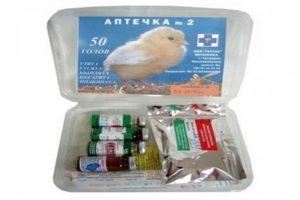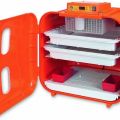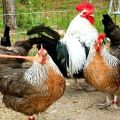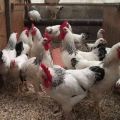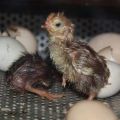Characteristics and instructions for working with an incubator type Laying
The incubator of the Laying model has a lot of positive qualities. Its variety of models and configurations allows you to raise chickens for industrial purposes and at home. The body of the device is made of foam, which ensures the preservation of heat inside and ease of movement.
general characteristics
The device has a foam casing, which makes it lightweight. There is a window on the lid for keeping an eye on the eggs. At the bottom there are compartments for warm water. Inside the structure are provided: moisture evaporator, thermometer, thermostat. The hen is powered by electricity.
There are models for which a 12V power supply is sufficient. The set contains 2 lattices: for hatching chicks and for incubating eggs. The household appliance of all models has an automatic egg turning.
Manufacturer
The manufacture of the device is established in the organization of LLC "Plant of Electrical Household Goods". It is located in Novosibirsk, Russian Federation.
Incubator varieties
The Laying Incubator is available in 4 popular models. Each has its own capacity and characteristics.
BI-1 for 36 eggs
It has an automatic egg turning, a drinking bowl for chicks, a digital thermostat, an ovoscope, instructions included.
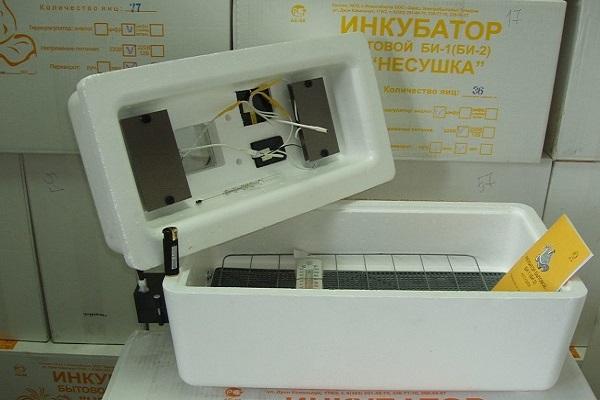
BI-1 for 63 eggs
The model has an automatic egg flip, an analogue thermoregulation function, an ovoscope, water trays at the bottom, water drinkers, instructions for use are included.
BI-2M for 77 eggs
The device has an automatic egg-turning function, a digital thermostat, an ovoscope. The set includes drinking bowls for chicks, water tanks, application manual.
BI-2 for 104 eggs
The models have an automatic egg turning function, a digital temperature controller, an ovoscope, drinkers for chicks, water trays, a poultry manual.
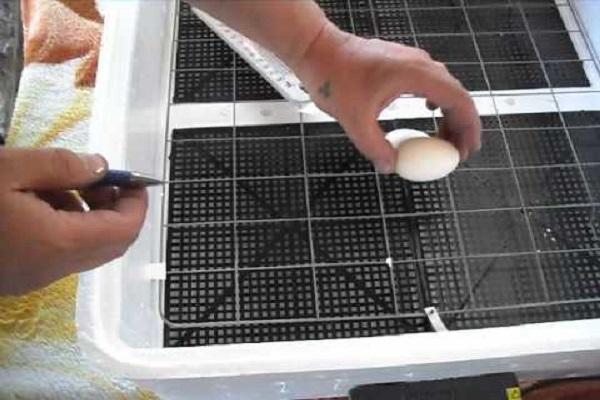
Advantages and disadvantages
Incubators Laying hens have their own advantages and disadvantages. The benefits include:
- Availability of the function of temperature regulation by analog and digital type.
- Setting the temperature manually or automatically.
- Styrofoam body for lightweight construction.
- Retains heat well.
- The capacity allows you to incubate simultaneously a large number of eggs from 36 to 104.
- The ability to grow different types of birds.
- Built-in moisture meter.
- Some models work with 12V electricity supply.
- Acceptable price range.
A number of disadvantages are also noted:
- The fragility of the case due to material that is easily damaged.
- Odor build-up.

Instructions for use
Detailed operating instructions are attached to each of the devices. It is almost the same for all models.
Thermoregulation
For normal operation, the incubator is placed in a room with a temperature of 20 - 25 ° C, but below 15 ° C. Sudden changes in degrees cause damage to the apparatus. Depending on the model, there are 2 modes of thermoregulation control: manual and automatic. The manual apparatus has a display on which the temperature is adjusted daily.
The automatic incubator itself sets the desired temperature, depending on the incubation period.
Humidity
All models are equipped with a moisture meter. The electronic display shows the humidity value, which allows you to monitor this indicator and, if necessary, conduct ventilation.
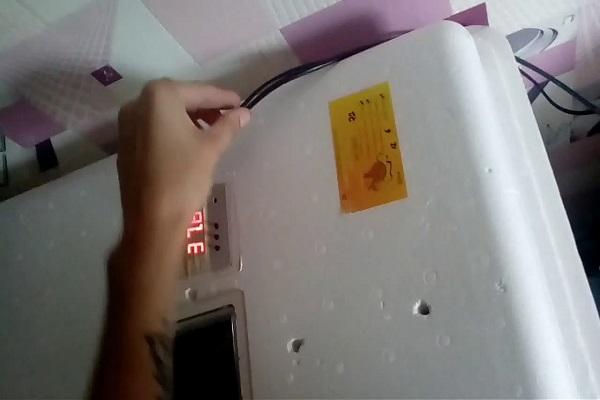
Selection and setting of eggs
After mating, the clutches of eggs are examined. The largest and strongest specimens are chosen, with a dense, rough, even shell. Eggs that have been stored for no more than 10 days at a temperature of 10 ° C are suitable for incubation. In dark bird breeds, the most brightly colored are selected. The bookmark is made according to the instructions:
- The lid is removed from the incubator, the grate and AUP are removed.
- Pour warm boiled water, the grate and the AUP are placed in place.
- Temperature regime, checking it with a mercury thermometer.
- After picking the eggs, a mark is made on the shell to make it easier to follow the turning.
- Eggs are laid in the case, 1 cell per 1 egg.
- A thermometer is placed inside to regulate the temperature.
- Close the lid.
- Connect to the network.

Egg incubation rules
During incubation, certain rules must be followed:
- Check the temperature regularly, adjust if necessary.
- When the water dries up, pour it through the grate, disconnecting the device from the network.
- It is forbidden to move and move eggs 2 days before the chicks appear.
- The eggs are checked twice during the incubation period using an ovoscope or a bright lamp. On the 7th day and on the 11th - 13th day.
- In the event of a power failure, the device is covered with warm clothing and transferred to a warm room.
Hatching chicks
After hatching, the chicks are transferred to a room with a temperature of 37 ° C. To maintain the regime, you can use an electric lamp. If the chickens appeared 1 day earlier, then the temperature is lowered by 0.5 °, and if it is 1 day later, then on the contrary, it is increased.
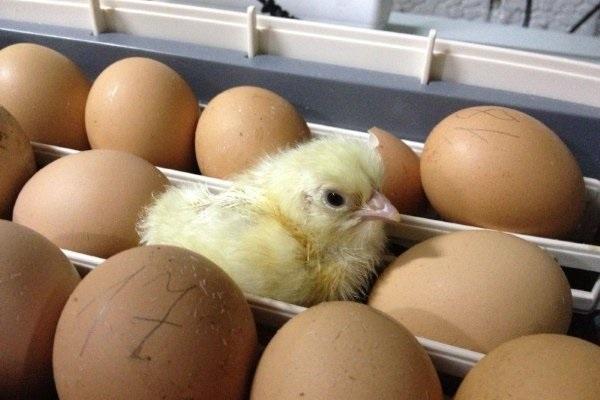
Safety engineering
When working with an electric incubator, safety precautions must be followed. To do this, follow certain rules:
- The socket at the connection point must be grounded.
- A rubber dielectric mat is placed next to the incubator.
- Do not eat or drink liquids while working.
- There must be a constant presence of sand in the room in case of fire.
Work with the equipment is carried out with dry and clean hands.

